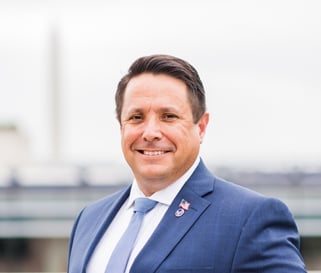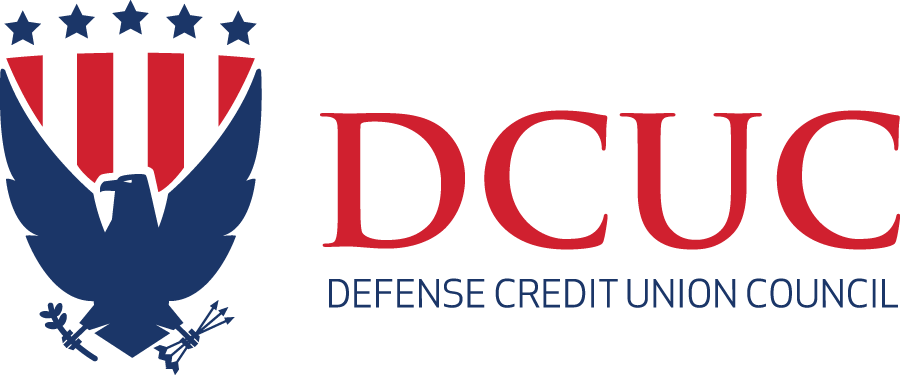In the coming months, many of you will be attending your respective strategic planning conferences to discuss and shape your organization’s objectives for the year ahead. This crucial meeting is especially important given the evolving business and economic landscape, where last year’s strategies may no longer suffice. Plus, we have a Presidential election this fall, which always introduces a bit of disruption.
At the heart of all strategic planning lies a fundamental question: What value do we aim to offer to our members and how do we maximize its return?
This question is never straightforward, particularly when everyone offers similar propositions. This leads to considerations such as economies of scale, market differentiation, and good, old-fashioned competition. However, smart planners always find a way if they look at creating value through the prism of change.
Change is constant yet sometimes unpredictable. It never happens on schedule or at the “best time.” It often has the potential to alter the intended outcomes of any organization. The connections you believe aligned the actions of your organization toward mission accomplishment become no longer relevant. Persisting with outdated strategies can prove costly, lead to diminished market share, or worse, the eventual decline or termination of your organization.
Regrettably, I see many examples of organizations falling into the trap of appearing busy and “taking action,” which are always prominent on social media, in company communications, and media publications. But what matters is the action that brings meaningful change. True value emerges only when action translates into tangible outcomes. This means our letters, meetings, hiking the hill, sharing the credit union difference are tied to results that benefit the entire credit union industry.
So, if our efforts fail to bring real change, can we expect members and consumers to continue supporting us? To achieve and deliver sustained success and propel both their organization and industry forward, leaders must harness change and value effectively.
Drawing from my background and training as a military strategist, I learned that change is an important ally when making strategic choices. Every strategic choice must include several “branches and sequels.” A sound strategy anticipates setbacks and unforeseen opportunities, while recognizing when to use the principle of “mass” on a single decisive point. The culmination of these choices results in mission success which is how real VALUE is created.
When I was a student at the Air Command and Staff College, I read Neil Postman’s 1992 book, Technopoly: The Surrender of Culture to Technology. I keep drawing insight from this book as it is very instructive in terms of how we, as a society, move from a tool-using culture to a “technocracy,” and finally, towards a “technopoly.” If you think you know where we are today, think again!
However, as many of you have heard me before: I have always found this passage useful when designing any strategy. When discussing change, Postman wrote on page 18, “...It is neither additive nor subtractive. It is ecological.” He challenges us to view change as transformative. This resonates deeply with me as a leader when reevaluating strategies that may no longer align with current organizational or industry needs and realities.
It is a serious flaw to think in terms of doing more, or less, of whatever the board or executive team believes created value at the very beginning. Too many strategic planning sessions make this mistake.
I have found taking an ecological approach is far more illuminating than the same old accounting approach. In Postman’s words:
“One significant change generates total change.”
“For instance, if you remove caterpillars from a given habitat, you are not left with the same environment minus caterpillars, you have a new environment, and you have reconstituted the conditions of survival; the same is true if you add caterpillars to an environment that had none.”
Today, our industry faces many changes, from technological advancements to mergers, or regulatory reform to market forces. The “trick” to adding value and bringing success will be how well we acclimate to each of these changes and integrate them with the ecology of our industry and organizations.
Given the diversity of our industry and changing landscape, those who fully grasp the significance of this brave new environment will lead in the future. I wish you all the very best in your upcoming strategy sessions and encourage you to reach out if DCUC can be of any assistance.








